For most homeowners, the arrival of late autumn signals the end of regular mowing, trimming, and yard maintenance. As temperatures drop and grass growth slows, lawn equipment—from mowers to trimmers and leaf blowers—gets tucked away until spring. But storing tools and machines without proper preparation can lead to costly repairs, rust, or even premature breakdowns when it’s time to use them again.
Winterizing lawn equipment isn’t just about putting it in the garage—it’s about protecting your investment, ensuring smooth operation, and prolonging the lifespan of every piece. In this article, we’ll walk through the essential steps to prep lawn equipment before winter storage, covering everything from fuel care and cleaning to battery maintenance and safe storage practices.
Why Winter Prep Matters
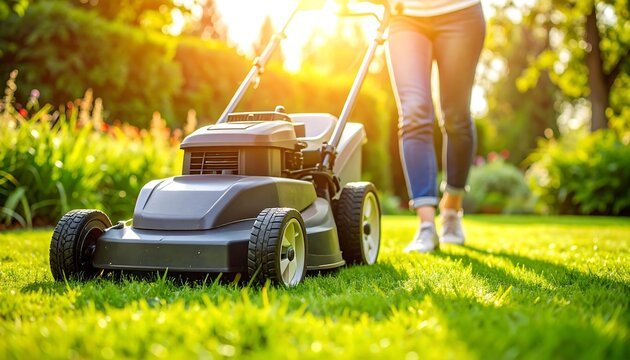
Lawn equipment is built to withstand tough outdoor conditions, but sitting unused for several months can cause problems if not stored properly:
- Fuel degradation: Gasoline breaks down in 30–60 days, gumming up carburetors and fuel lines.
- Rust and corrosion: Moisture left on tools and metal surfaces accelerates rusting.
- Battery failure: Neglected batteries lose charge, sometimes permanently.
- Dull blades: Blades left dirty or chipped make spring mowing inefficient.
- Higher repair costs: Preventable damage leads to expensive fixes or replacements.
A little effort now ensures your equipment starts smoothly and runs efficiently in spring.
Step 1: Clean All Lawn Equipment
Before storing, give your tools and machines a thorough cleaning:
- Mowers: Remove grass clippings and debris from the deck, blades, and undercarriage. Dried grass holds moisture and causes rust. Use a hose or putty knife for stubborn buildup.
- String Trimmers & Edgers: Wipe down shafts and guards. Remove any tangled grass or twine.
- Leaf Blowers: Clear air intake vents and wipe the nozzle to prevent buildup.
- Hand Tools (rakes, shovels, pruners): Wash dirt off, then dry completely. Coat metal parts with a light oil (like WD-40) to prevent rust.
A clean machine not only prevents corrosion but also makes spring startup much easier.
Step 2: Handle Fuel and Oil
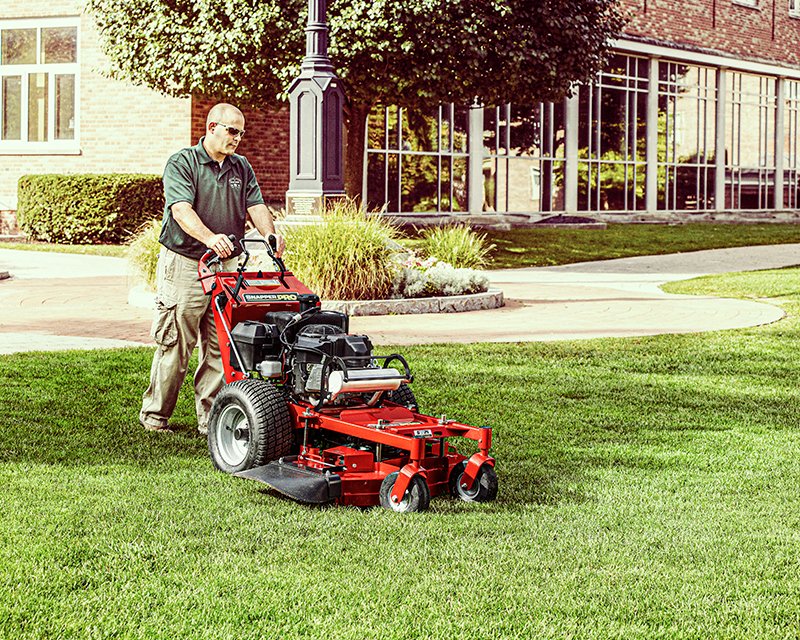
Gas-Powered Equipment
One of the most critical steps in winter prep is fuel management.
- Option 1: Run the Tank Dry
- Let the engine run until it uses up all fuel. This prevents stale gas from clogging the carburetor.
- Option 2: Use a Fuel Stabilizer
- If you prefer leaving fuel in the tank, add a stabilizer and run the engine for a few minutes so treated fuel circulates. This prevents gumming and ensures easy startup in spring.
Oil Changes
- Drain old oil, which contains acids and contaminants that damage engines. Replace with fresh oil before storage.
- For 2-cycle engines (mixing oil and gas), make sure you use the proper ratio of fuel stabilizer.
Step 3: Check and Maintain Blades & Moving Parts
- Sharpen mower blades: Dull blades tear grass instead of cutting it cleanly, stressing turf in spring. Sharpen blades or have them professionally serviced.
- Lubricate moving parts: Apply grease or oil to pivot points, wheels, and hinges. This prevents rust and keeps parts moving smoothly.
- Inspect belts and cables: Look for cracks, frays, or looseness. Replace worn parts before spring to avoid downtime later.
Step 4: Care for Batteries
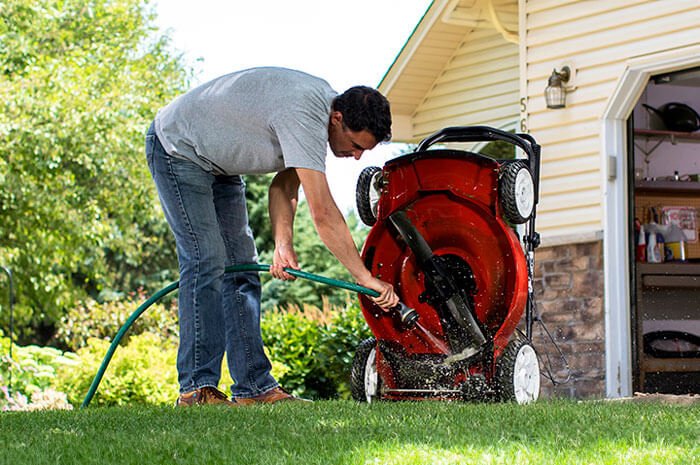
For electric or battery-powered equipment, proper battery care is essential:
- Remove batteries from equipment to avoid slow drain over winter.
- Store batteries in a cool, dry place—not in freezing conditions.
- For rechargeable lithium-ion batteries, keep them partially charged (40–60%) instead of fully drained or fully charged.
- Check batteries monthly and recharge if needed to maintain longevity.
Neglecting batteries can result in permanent loss of capacity, forcing costly replacements.
Step 5: Replace or Clean Filters & Spark Plugs
- Air Filters: Remove and clean foam filters with soapy water, then dry and oil lightly before reinstalling. Replace paper filters if clogged or dirty.
- Fuel Filters: Check and replace if necessary.
- Spark Plugs: Inspect for corrosion or buildup. Replace if worn; otherwise, clean and gap properly.
A fresh filter and spark plug ensure engines breathe and fire efficiently when spring arrives.
Step 6: Store Equipment Properly
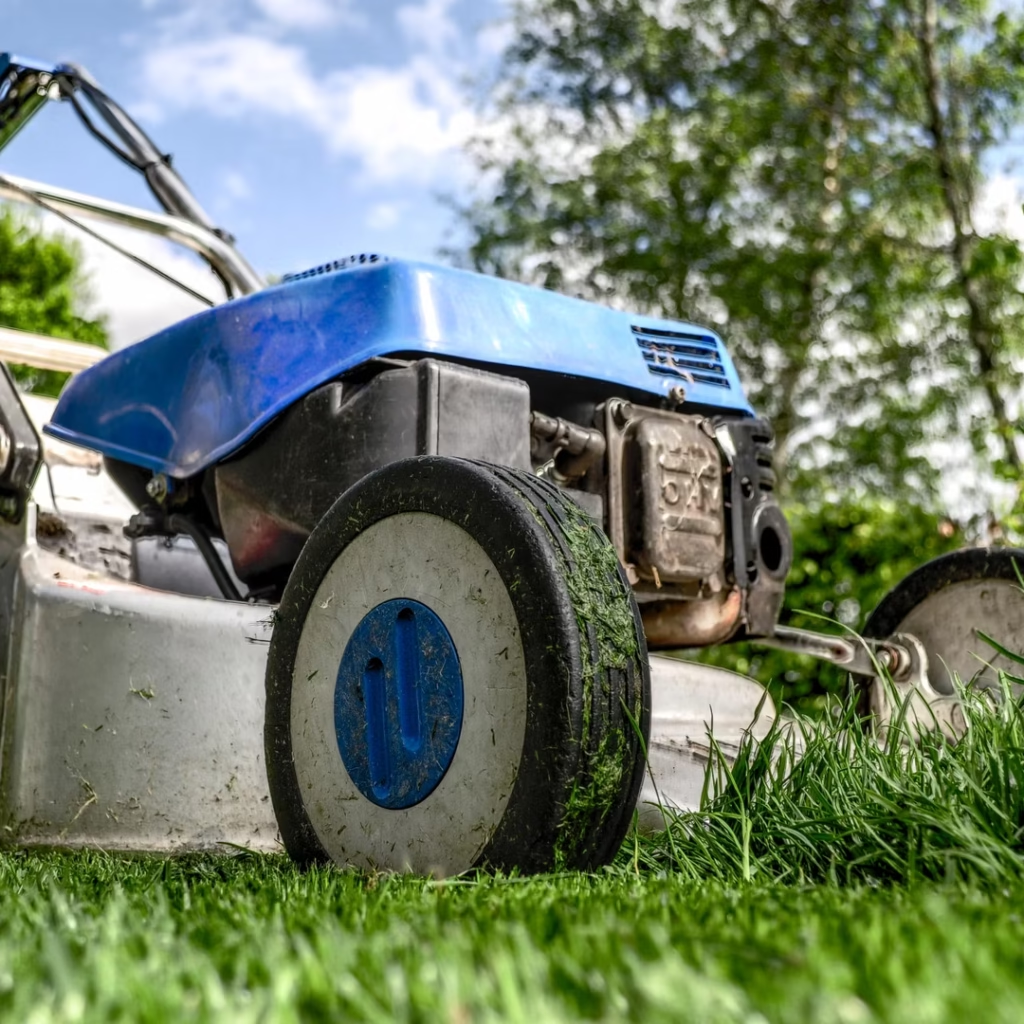
Where and how you store your equipment matters just as much as how you prep it.
- Dry Storage: Keep all equipment in a shed, garage, or covered space to protect from snow and moisture.
- Elevate Off the Floor: Place machines on pallets, blocks, or shelves to prevent moisture damage from the ground.
- Cover with a Tarp or Protective Cover: Protect from dust and accidental moisture while still allowing airflow.
- Keep Blades Safe: For sharp tools, use blade covers or store them safely to avoid accidents.
Hand tools should be hung on walls or placed neatly in racks to prevent rust from ground contact.
Step 7: Prep Hand Tools for Longevity
Don’t overlook small but essential lawn tools:
- Pruners and Shears: Sharpen blades and oil hinges.
- Shovels and Rakes: Sand wooden handles and apply linseed oil to prevent splitting.
- Hoses and Sprinklers: Drain completely to prevent freezing damage, then coil and store indoors.
Well-maintained hand tools save time and money in spring.
Step 8: Keep a Maintenance Log
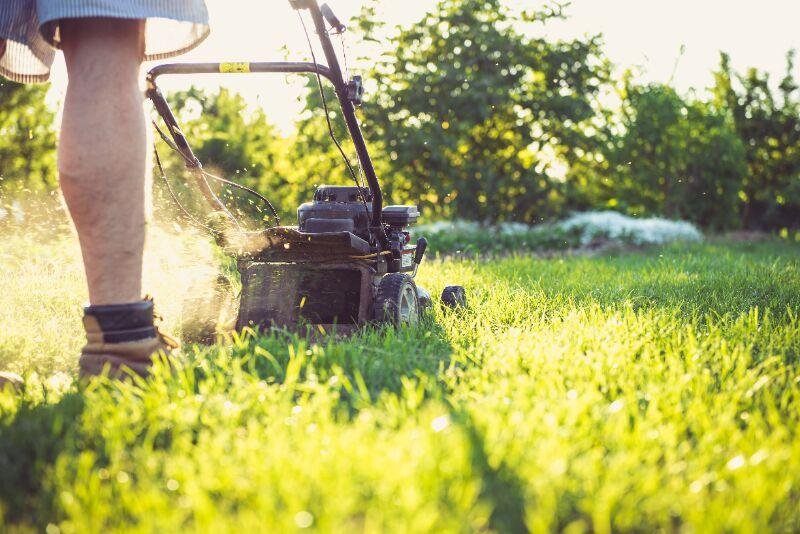
Maintaining a record of what you’ve done helps avoid confusion later. Note:
- Oil changes and type used
- Blade sharpening dates
- Parts replaced (filters, spark plugs, belts)
- Storage location of batteries
This ensures you’ll remember what maintenance tasks were completed and what’s pending when spring returns.
Common Mistakes to Avoid
- Leaving fuel untreated: Causes clogs and carburetor damage.
- Skipping oil changes: Old oil corrodes engine parts over winter.
- Improper storage of batteries: Shortens lifespan significantly.
- Leaving tools dirty: Moisture in dirt accelerates rust.
- Storing outdoors without protection: Exposes equipment to freezing, rust, and pests.
Avoiding these mistakes can save hundreds of dollars in repairs or replacements.
Benefits of Proper Winter Prep
- Longer equipment lifespan – Protects engines, blades, and parts.
- Fewer spring repairs – Prevents costly service calls or replacements.
- Improved performance – Equipment starts quickly and runs efficiently.
- Safety – Well-maintained tools are safer to operate.
- Cost savings – Reduces fuel waste, repair bills, and replacement needs.
Conclusion
Prepping your lawn equipment before winter storage is not just a chore—it’s an investment in the health, performance, and longevity of your tools. By taking the time to clean, drain or stabilize fuel, sharpen blades, care for batteries, and store everything properly, you’ll set yourself up for a stress-free start to lawn care in spring.
Whether you’re a homeowner with a single mower or a lawn care professional managing multiple machines, these steps ensure your equipment is always ready when you need it most. A little effort now means no unpleasant surprises later—just a smooth transition into another season of lush, green lawns.
